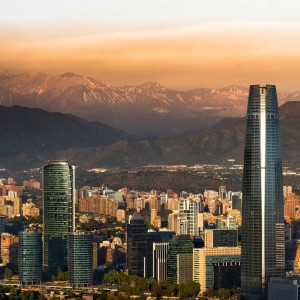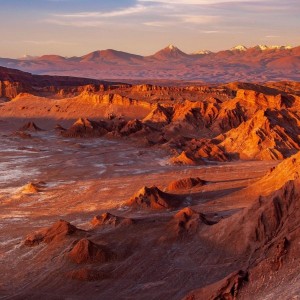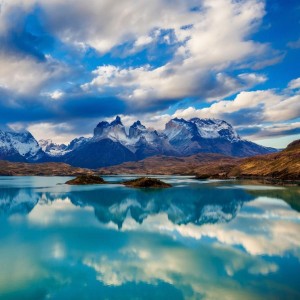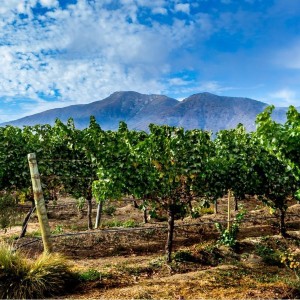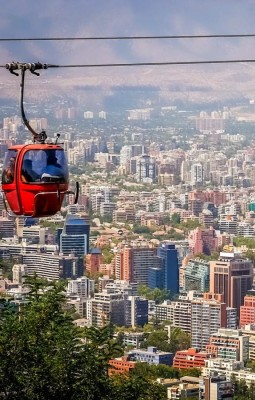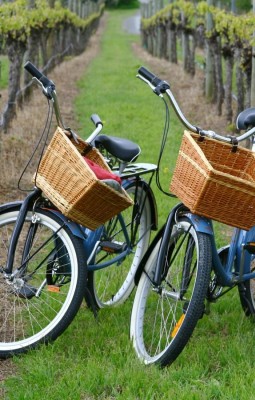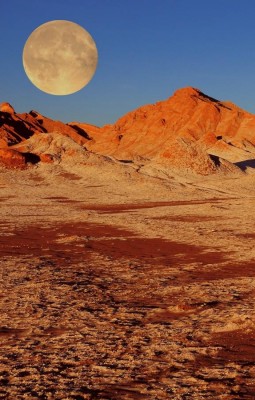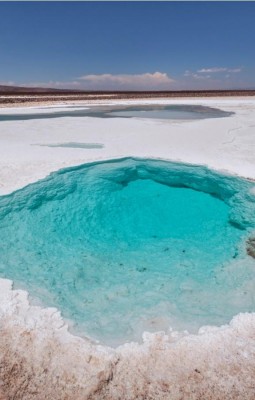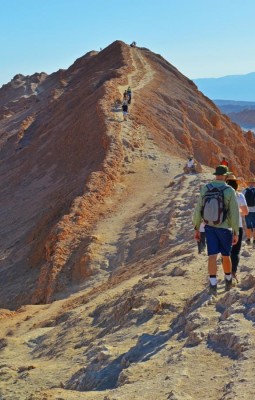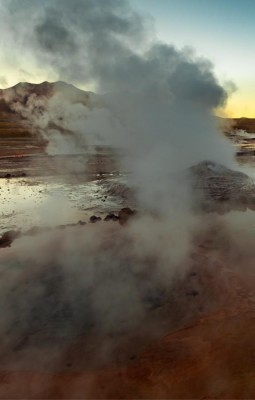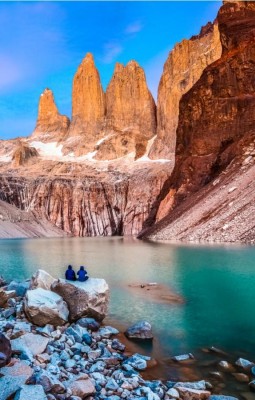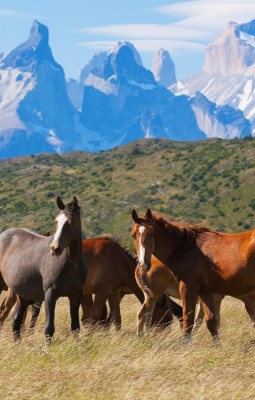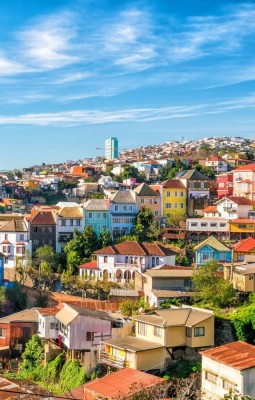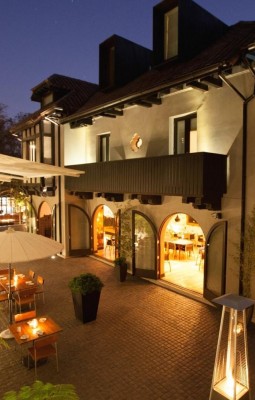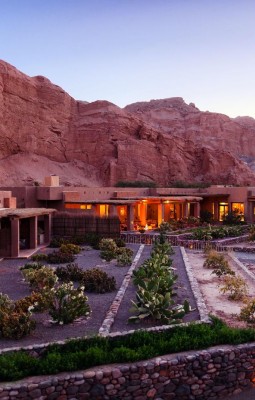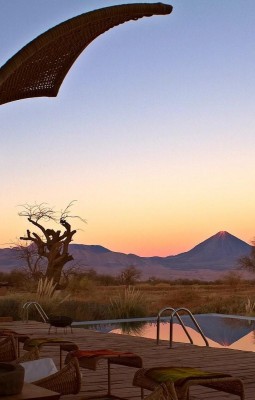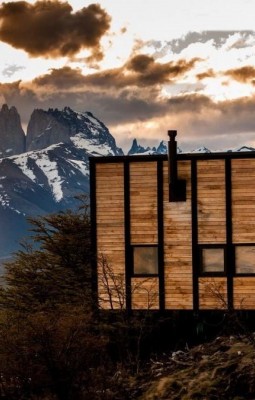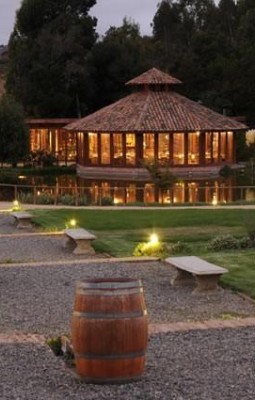For those passionate about outdoor experiences and for globe-trotters ready to explore new places, Chile is a top destination that cannot be missed. Let yourself be guided by Oombla Travel and our expertise and you will discover this magnificent destination from a different perspective, sometimes unusual, far from the traditional clichés.
A true concentration of the most beautiful landscapes the planet can offer, thousands of kilometers away from Europe, Chile is huge in its biodiversity: majestic mountains, surprising volcanoes, gigantic lakes with turquoise waters, a salt desert unique in the world and plenty of hot springs, the experience is an exceptional one and the scenery simply breathtaking.
The narrowest, but also the longest country in the world, Chile takes nature lovers on a dream journey through a land of contrasts, where landscapes seem to never repeat themselves. Join us on this new adventure in Chile, in search of endless spaces that stretch from the Atacama Desert to Patagonia glaciers. You will be accommodated in charming places, carefully chosen by Oombla Travel, but also in some unusual ones, immersed in nature, where adventure and comfort will be at the heart of your experience.
Discover all the diversity of this country (also called Switzerland of South America) galloping through empty deserts, conquering snow-capped peaks in the Andes, tasting the famous wines produced in the Central Valley, or enjoying the sun on the beaches in Valparaiso.
The tours we create are tailor made. We believe that the regions below should not be missed, but we leave it to you to choose how much time you want to spend in each place and what experiences will have during this unforgettable trip.
Santiago, the fourth largest city in South America (after Buenos Aires, Rio de Janeiro and Sao Paolo), was founded in 1541 by the Spanish Pedro de Valdivia, on a vast plateau at the foot of the majestic Andes, on both banks of Mapocho river. From the modest colonial settlement where the Spanish governor established his residence, Santiago has become today a modern and vibrant metropolis.
Because of the many earthquakes taking place in the Pacific Ring of Fire, where Chile belongs to geographically, very few buildings from the Spanish domination period have been preserved. Many of them have been replaced by new buildings and skyscrapers –a true technical achievement for the region. Among the most beautiful buildings from old times are the San Francisco church, built in the sixteenth century, The Metropolitan Cathedral and Casa Colorada – a colonial building housing the National Museum.
You cannot miss Plaza de Armas, the liveliest spot in the city, and a funicular ride to the summit of Cerro San Cristobal, with beautiful views of the city.
The oldest and driest nonpolar desert on Earth, Atacama impresses with its breathtakingly scenic and diverse landscape: arid desert, thermal pools, marshes, canyons and geysers, copper dunes, towering volcanoes, striking salt flats and lagoons populated by huge flamingo colonies. It covers a 1600 km strip of land on the Pacific coast, west of the Andes Mountains.
Sitting at an altitude of 3500m, in the north of Chile, the dramatic and desolate Atacama Desert boasts clear, unpolluted skies that allow for the most incredible and unforgettable stargazing. At night, you will be amazed by the purity of the Milky Way, with its millions of shimmering stars and skies unrivaled in the southern hemisphere.
You will be fascinated by so much dramatic and exotic beauty. The little town of San Pedro de Atacama, surrounded by impressive natural scenery, was the cradle of ancestor culture. It is the starting point in exploring this spectacular land.
In the south of Chile, covering an area of about 2420 sq km, Torres del Paine National Park is one of the wonders of the natural world. Classified as a Biosphere Reserve by UNESCO, since 1978, the park offers a cinematic scenery and was ranked by National Geographic on the fifth place in the top of the most beautiful places on the planet. There is so much diversity in the park, in terms of landscape: lakes, waterfalls, mighty glaciers, mirror-glass lagoons, Patagonian steppes. You can discover them on hiking trails, by bike, on horseback, or in 4x4 vehicles.
Torres del Paine is a paradise for travelers looking for nature and adrenaline-packed outdoor sports. Everything is a highlight here: the Cordillera Paine, with Cerro Paine Grande peak - the highest in the range, the Cuernos del Paine - a straight line of three granite peaks that resemble towers looming over the park and especially the four giant glaciers: Grey, Pingo, French and Dickson. Their melting leads to the formation of some glacial lakes of an unreal turquoise color.
Admire these spectacular landscapes, stroll on the shores of Lake Grey, take a cruise to the glaciers or discover the herds of guanacos (animals like llamas and alpacas) or rheas (birds similar to ostriches).
Sitting between the coastal mountains and the Pacific Ocean, only an hour away from the capital Santiago, in the valleys of central Chile, the fertile Casablanca Valley represents a relatively new addition to the wine scene in Chile. It has boomed in the last ten years with an impressive growth of new and modern wineries. It is characterized by the refined preparation of white wine in its Chardonnay and Sauvignon Blanc varieties.
Although the valley is located much closer to the Equator than any European vineyard, viticulture here is possible because of the cooling influence of the Pacific Ocean in the shape of cool morning fog and greater cloud cover, creating the ideal conditions for producing these fresh wines, considered to be the best in Chile.
The proximity to Santiago and Valparaiso made Casablanca Valley increasingly popular both in the wine industry and among wine-tasting tourists. Nowadays, it is compared to the legendary Napa and Sonoma Valleys in California, proof of the importance it has acquired in the production of world wines
We have selected a few experiences that will bring you closer to the nature, the people, and the culture of these beautiful places. Whether you prefer outdoor activities, adrenaline, you like to enjoy the local gastronomy, or are passionate about history and culture, choose one or more experiences that fit your style for your holiday in Chile.
For a complete, authentic experience, we have selected several types of hotels, each with its own specificity and charm. Our selection is only a small part of what each destination has to offer. If you cannot find your dream hotel on our list and would like some more options for your travel to Chile, please contact us.








